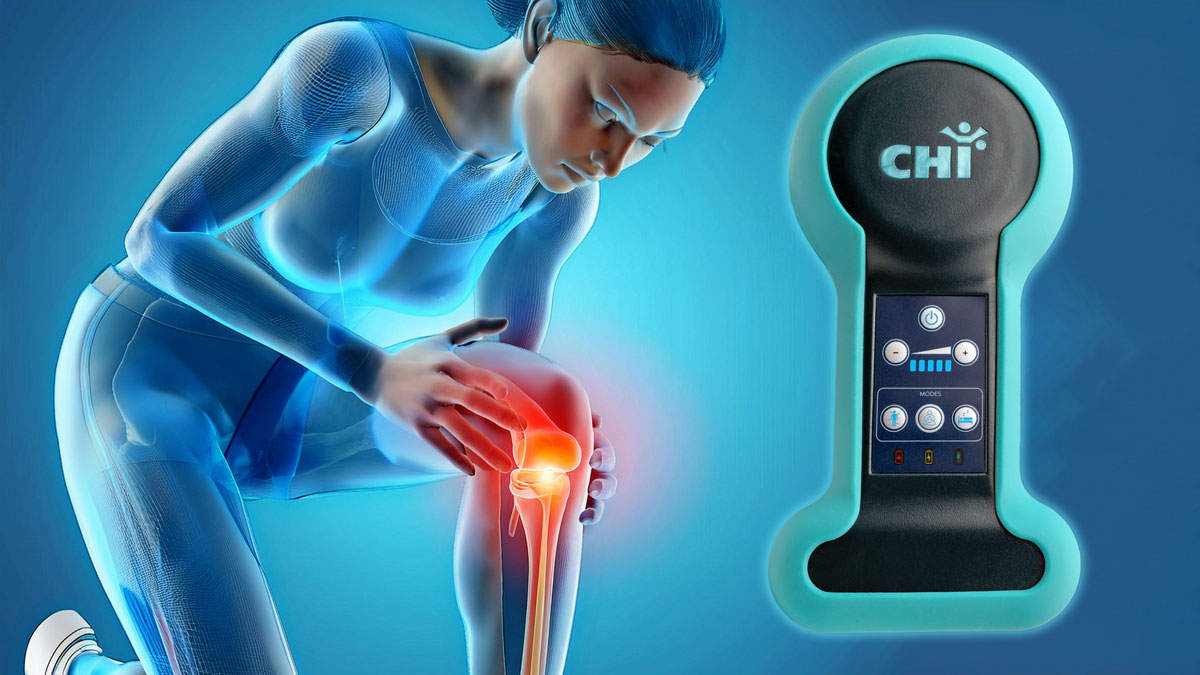
Comparing Knee Replacement Surgery With and Without CHI Palm
Recovering from knee replacement surgery can be a long, challenging road, but for Dawn, the use of the CHI Palm has completely changed that narrative. Dawn recently underwent her second knee replacement surgery and had the unique opportunity to compare her recovery using the CHI Palm to her previous experience without it. The results? An astonishingly quick and comfortable recovery that far exceeded both her expectations and those of her physical therapist.
The CHI Palm has been an indispensable tool in my recovery journey post knee replacement surgery. As this is my 2nd knee replacement in less than a year, I am able to compare this recovery journey with my first knee replacement, the only difference being the use of the CHI Palm. Within just 1 week post-surgery, I achieved the milestone of bending my knee to 90 degrees, meaning I could begin using a stationary bike- a feat that had taken over 3 weeks to accomplish following my previous knee replacement.
At my 1 week PT assessment my physical therapist commended the exceptional progress I’d made, increasing strength and flexibility daily, noting it as the most rapid improvement he has witnessed in any patient following a knee replacement.
At a week and a half post-surgery, I progressed from using a walker to using a cane for support, something that took me 4 weeks to achieve in my previous recovery. By the two-week mark, my progress had once again exceeded all expectations; I could now bend my knee to 120 degrees, ride the stationary bike for 10 minutes, perform mini-squats and calf raises, and even practice walking without the aid of a cane. By week 3 I was walking completely unassisted, something I was not able to accomplish until 6 weeks post-surgery the first time around. My accelerated mobility allowed me to gain strength faster, resulting in less muscle atrophy and an overall decrease in pain.
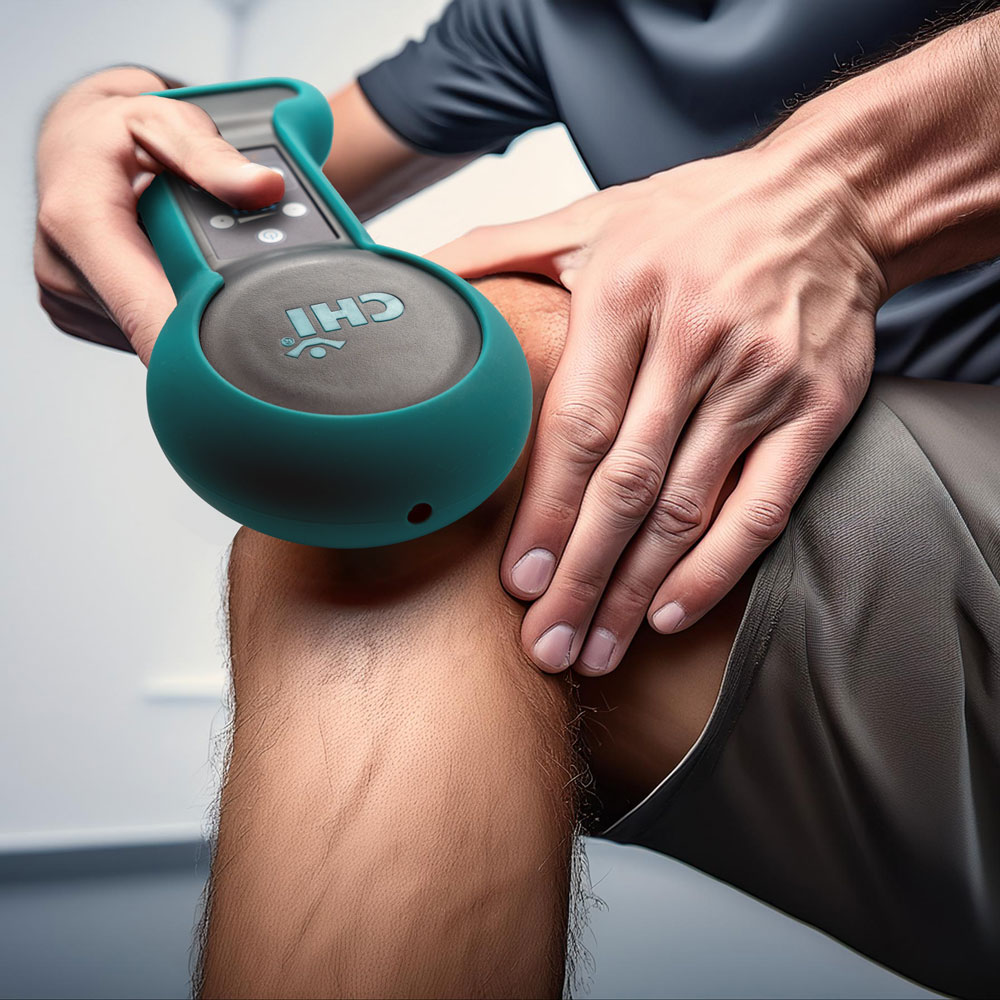
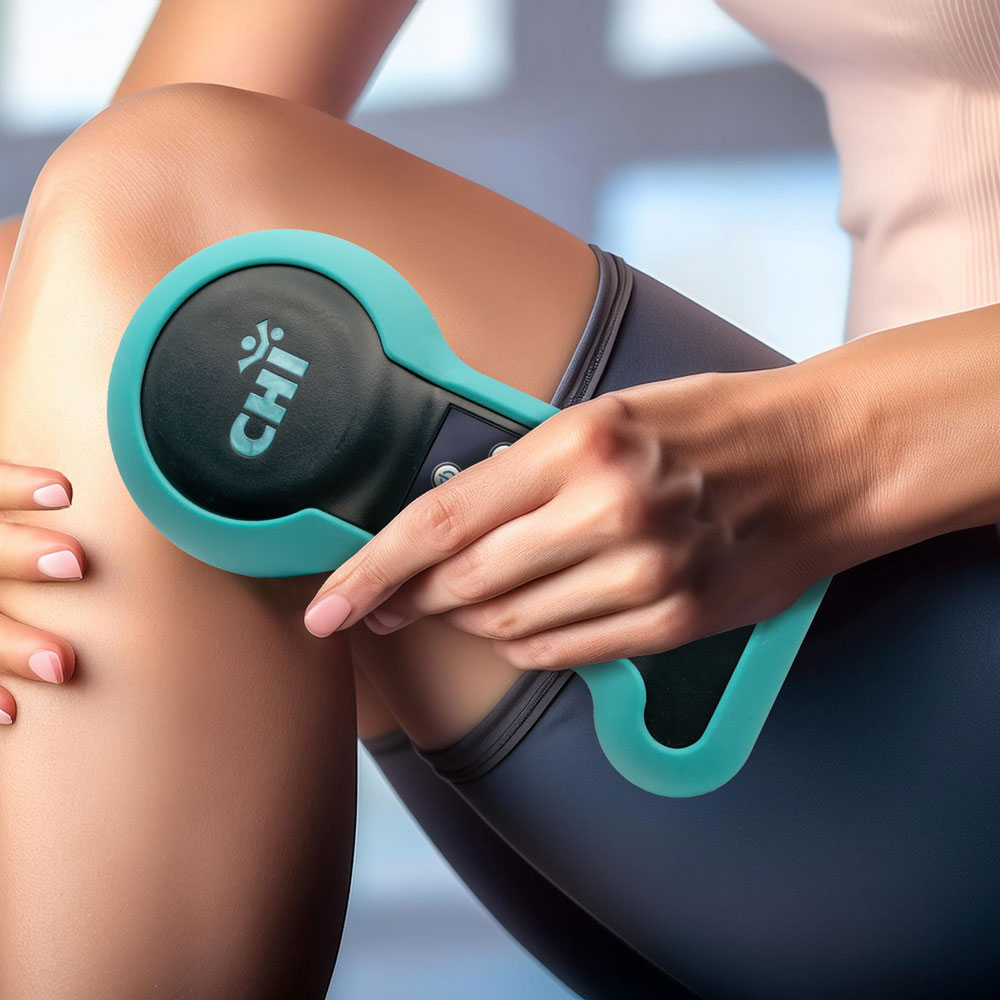
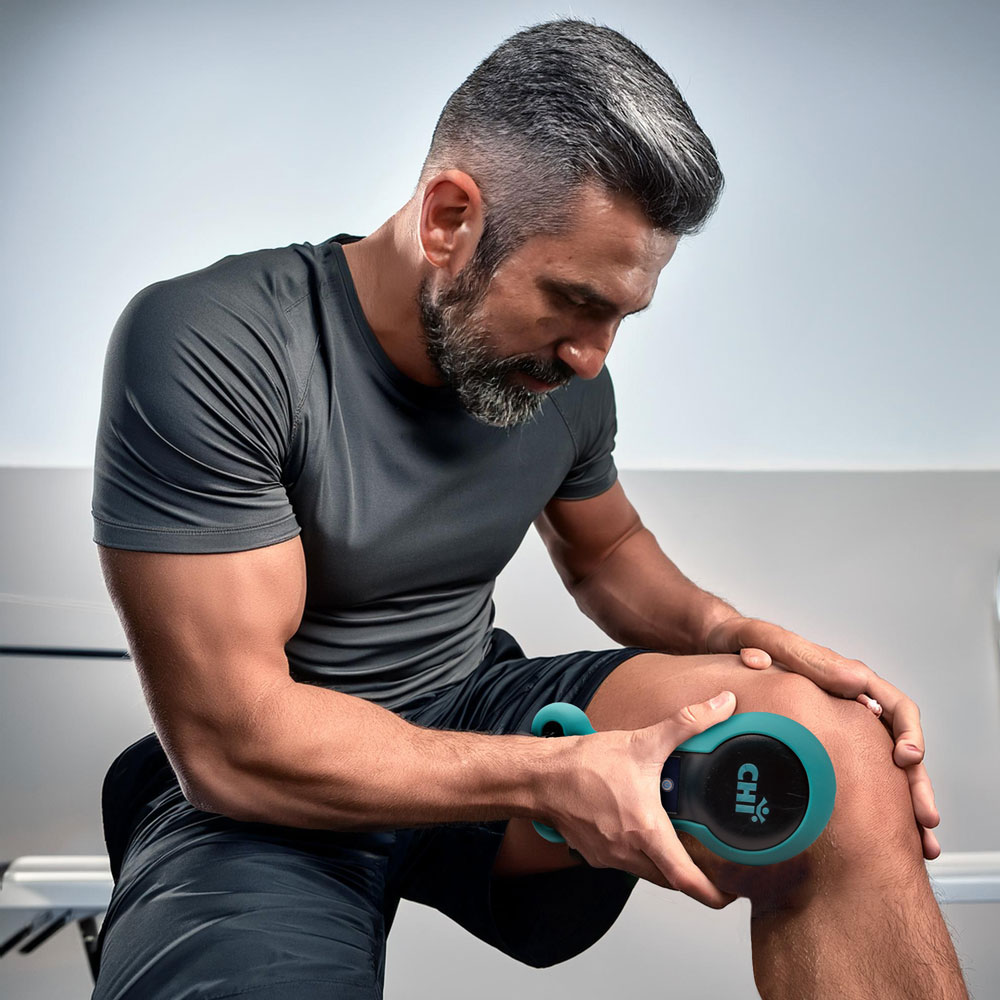
The benefits of the CHI Palm aren’t limited to post-surgery. Dawn believes that using the device on the local area prior to surgery helped to reduce inflammation, ease pain, and prepare her knee for the procedure. This proactive use made the surgery itself smoother and less traumatic, setting the stage for an optimal recovery. For anyone considering joint replacement surgery, incorporating the CHI Palm early can help minimize pre-surgical pain and potentially improve surgical outcomes.
Is the CHI Palm Right for You?
If you or someone you know is preparing for joint replacement surgery or struggling with a slow recovery, the CHI Palm could be a game-changer. By promoting faster healing, reducing pain, and enhancing mobility, it’s helping people like Dawn reclaim their active lifestyles.
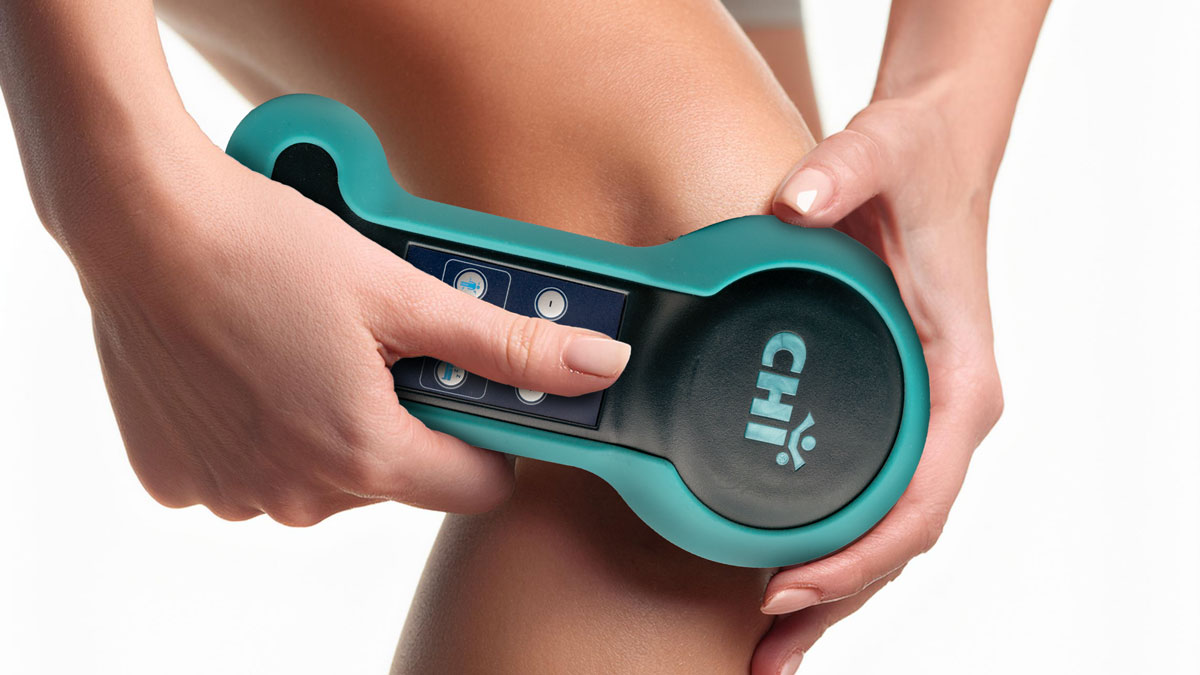
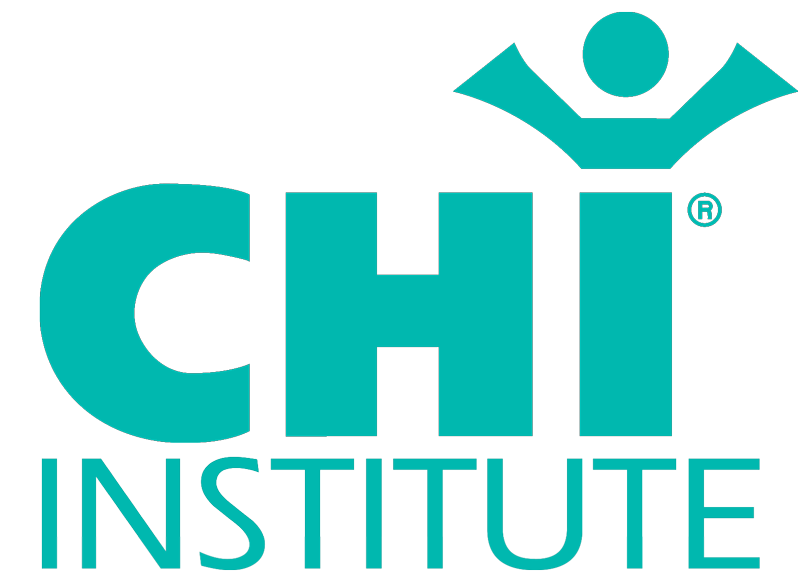
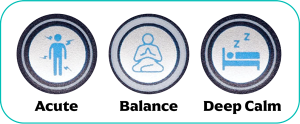 For several weeks following the surgery I used it almost constantly, as I applied ice with my ice machine. Basically, if I was sitting and applying ice I was also using the device. I got up to move every 20 minutes or so and to bend my knee.
For several weeks following the surgery I used it almost constantly, as I applied ice with my ice machine. Basically, if I was sitting and applying ice I was also using the device. I got up to move every 20 minutes or so and to bend my knee.
Comments (0)